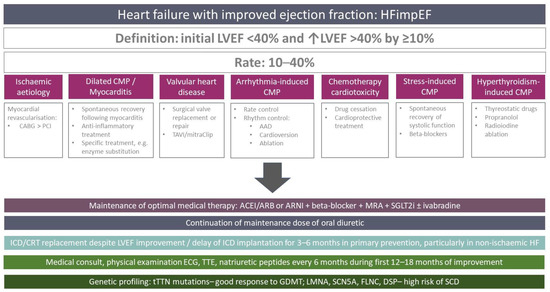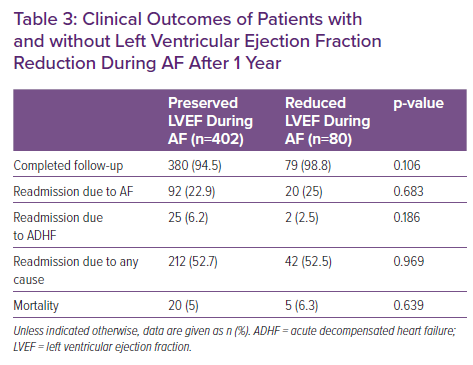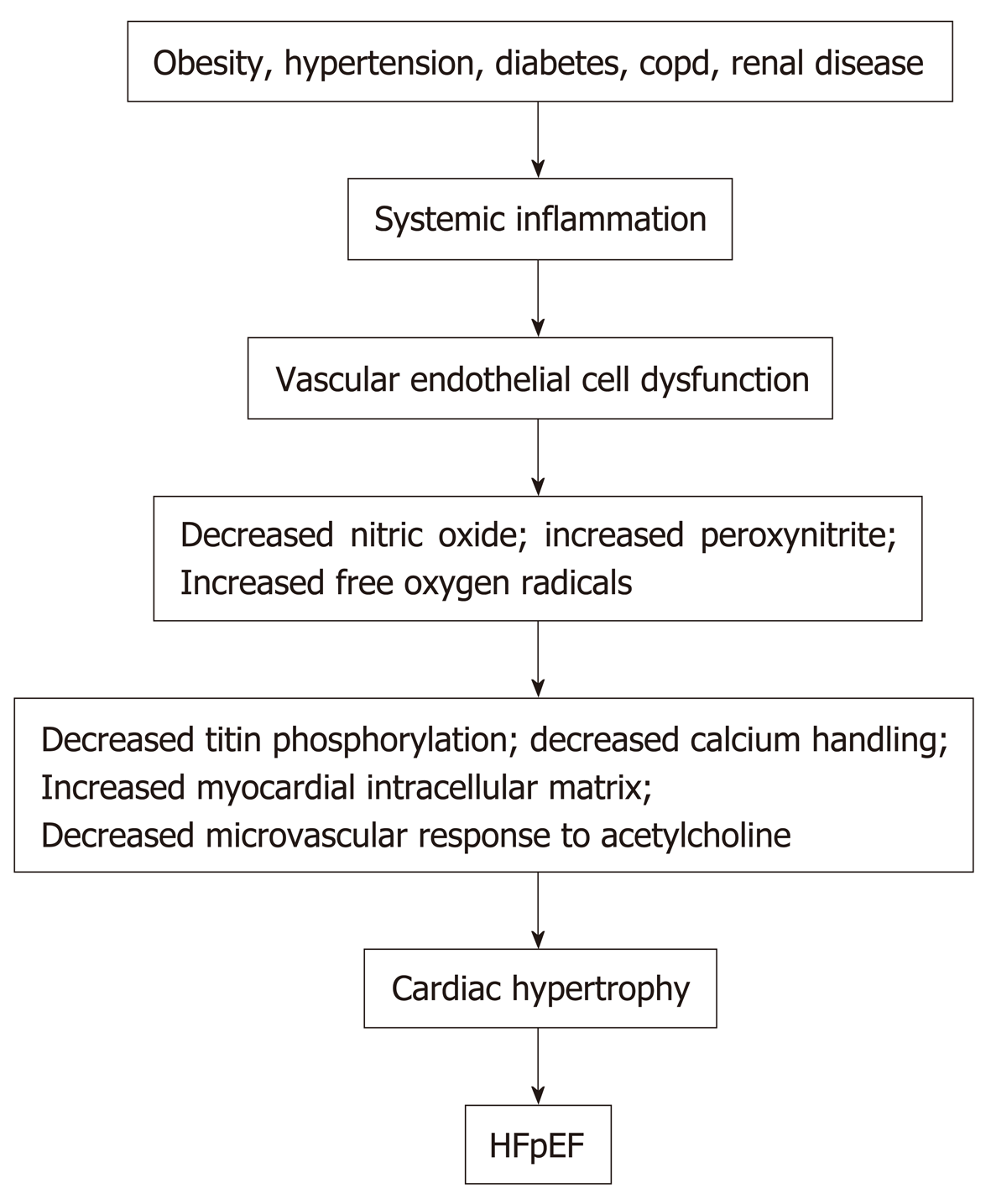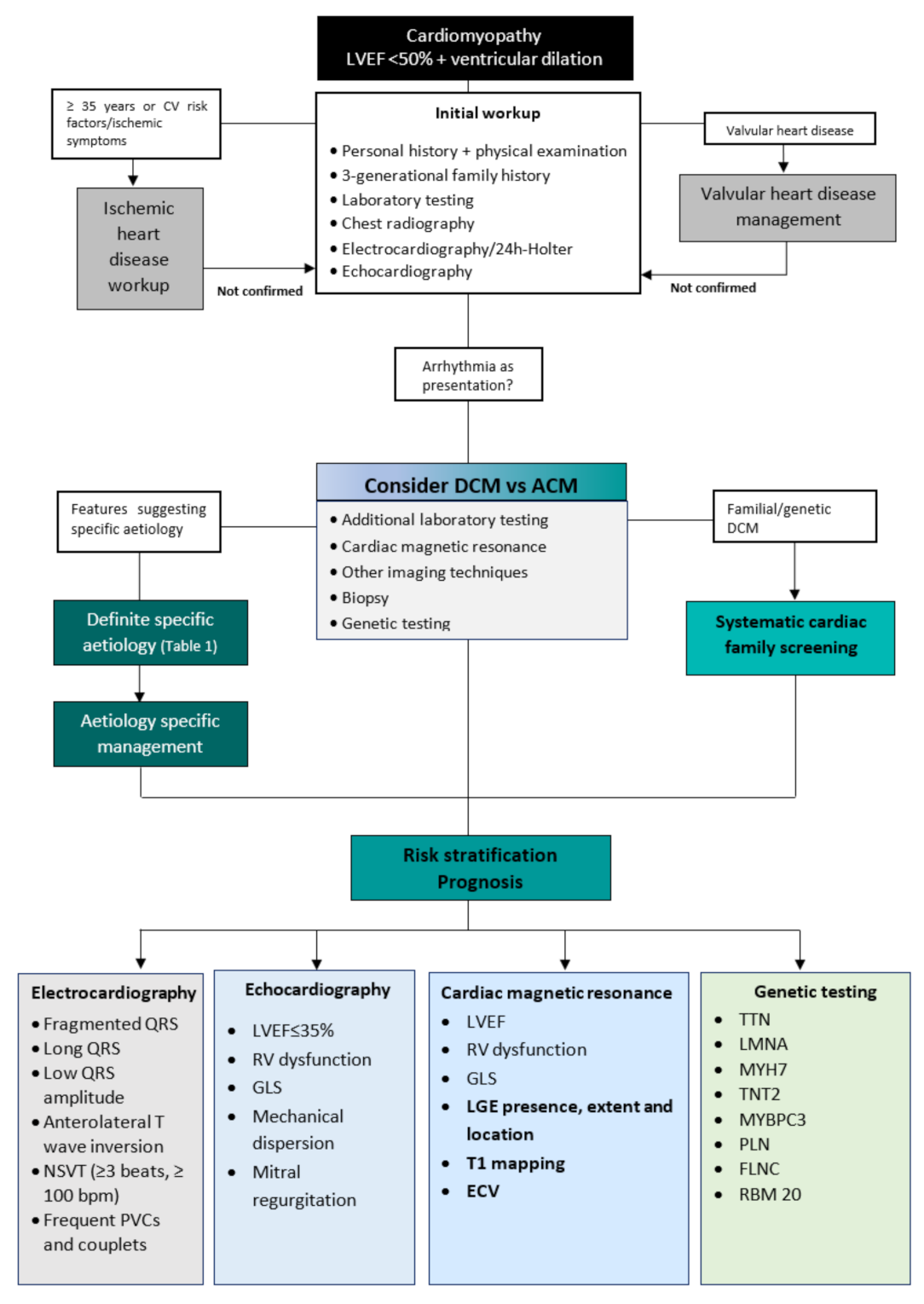
Outcomes With Left Bundle Branch Block and Mildly to Moderately Reduced Left Ventricular Function

IJERPH, Free Full-Text

Heart Failure With Recovered Left Ventricular Ejection Fraction: JACC Scientific Expert Panel - ScienceDirect

Left Ventricular Systolic Dysfunction Due to Atrial Fibrillation: Clinical and Echocardiographic Predictors

Cureus, Unexpected Reduced Biventricular Ejection Fraction in a Healthy Young Male

Management of Atrial Fibrillation Across the Spectrum of Heart Failure With Preserved and Reduced Ejection Fraction

Age, Sex, and Outcomes in Heart Failure With Reduced EF: Insights From the VICTORIA Trial

Diagnosis and treatment of heart failure with preserved left ventricular ejection fraction

Biomedicines, Free Full-Text

PDF) Heart failure with mid‐range ejection fraction: pro and cons of the new classification of Heart Failure by European Society of Cardiology guidelines

Heart failure - The Lancet